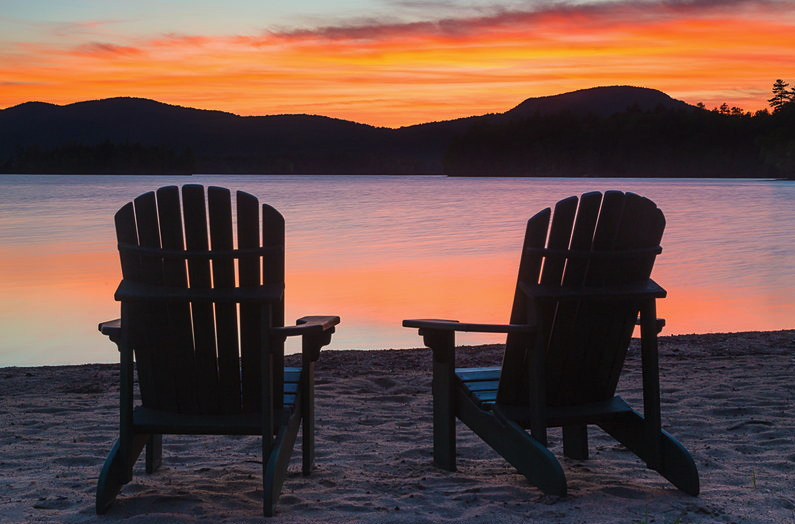You can’t stop the waves, but you can learn to surf.
~ Jon Kabat-Zinn ~

“Calm down.”… “Sit still.” Who hasn’t heard those words as a child or said them to their children. I realize now there were times when I said this to my daughter, it was because I was feeling anxious and wanted to control my surroundings.
During times of anxiety, creating a peaceful external atmosphere helps; however, developing and cultivating calm and stillness as an inward practice is key.
What is Anxiety?
Anxiety is defined as:
A state of uneasiness, apprehension; as about future uncertainties.
A state of apprehension, uncertainty, and fear resulting from anticipation of a realistic or fantasized threatening event or situation, often impairing physical and psychological functioning.
In other words, anxiety is what happens when we worry. It is a state of uneasiness and fear. And it only lingers when we don’t understand or know how to reverse it.
We all experience anxiety and it’s silly to think we can be anxiety-free. The question is, “What can we do to tame it?” Knowing anxiety is a reality and none of us will live anxiety free, we need to become anxiety AWARE and not let it become a lifestyle.
Enter — calm and stillness.
Calm
Brené Brown describes calm as:
creating perspective and mindfulness while managing emotional reactivity
To me, the key words here are “creating perspective”. In my life, calm people are those who can bring perspective to sticky, messy, and convoluted situations. They can feel their feelings, remain calm, not let fear and anger fuel or ignite into a screaming match.
They usually ask me to consider and look at the situation differently. Sometimes this results in me rolling my eyes, but deep down I know they are right. They just seem to have the “calm” gene.
Since becoming uber aware and wanting to cultivate calm in myself, I am noticing these people exhibit certain behaviors during energetically charged situations. They pause a lot; their answers are slow; they seldom commit on the spot; and you can almost see the wheels turning in their heads when you talk to them. It’s almost as if they are practicing some sort of ritual.
Turns out, they are. Brené discovered many with calm demeanors actually count to ten before responding to something. This helps them identify the emotions which are most likely to spark reactivity and instead choose non-reactive responses.
Stillness
At first glance, I considered calm and stillness the same. In actuality, they are very different. Whereas calm is defined as “creating perspective and mindfulness”, stillness is the vehicle allowing the creation to take place.
Stillness is an integral part of wholehearted living. It can include prayer, meditation, regular periods of quiet reflection, time spent alone quieting the mind, body and spirit.
When I think of meditation, it usually brings me anxiety. ::giggle:: In reality, I grew up in an era that considered meditation as something requiring taking massive amounts of drugs, then traveling high atop a mountain to visit some guru who shared the meaning of life.
But seriously, meditation isn’t like that. In fact, the simple truth is to meditate means to contemplate, reflect or ruminate. We may have heard of emptying one’s mind of all thought is the only way to meditate successfully. However, this is only one among many meditation practices and certainly not the only way to create stillness.
Brené Brown defines stillness as:
Stillness is not about focusing on nothingness; it’s about creating a clearing. It’s opening up an emotionally clutter-free space and allowing ourselves to feel and think and dream and question.
My two favorite ways to be still are driving in a car and taking a shower.
In my new upcoming coaching program (to be released first quarter of 2019), time will be spent helping participants discover how they can cultivate calm and bring stillness into their lives. Until then, please use the following journal prompt:
Journal Prompt:
- Name various ways you could use stillness to create calm …
My thanks to Brené Brown for her extensive research on the topic of what it means to be wholehearted via her book The Gifts of Imperfection. I am using her research as a guide to further my passion to help others discover their own authenticity and embrace their own third act of life.
Note: This is the eighth article of ten in describing Wholehearted Living. You can find the first article “Cultivate Authenticity” here … the second “Cultivate Self-Compassion” here … the third “Cultivating a Resilient Spirit” here … the fourth “Cultivating Joy and Gratitude” here … the fifth “Cultivating Intuition” here … the sixth “Cultivating Creativity” here … the seventh “Cultivating Play and Rest” here.

2 thoughts on “Cultivating Calm and Stillness, Letting Go of Anxiety as a Lifestyle”